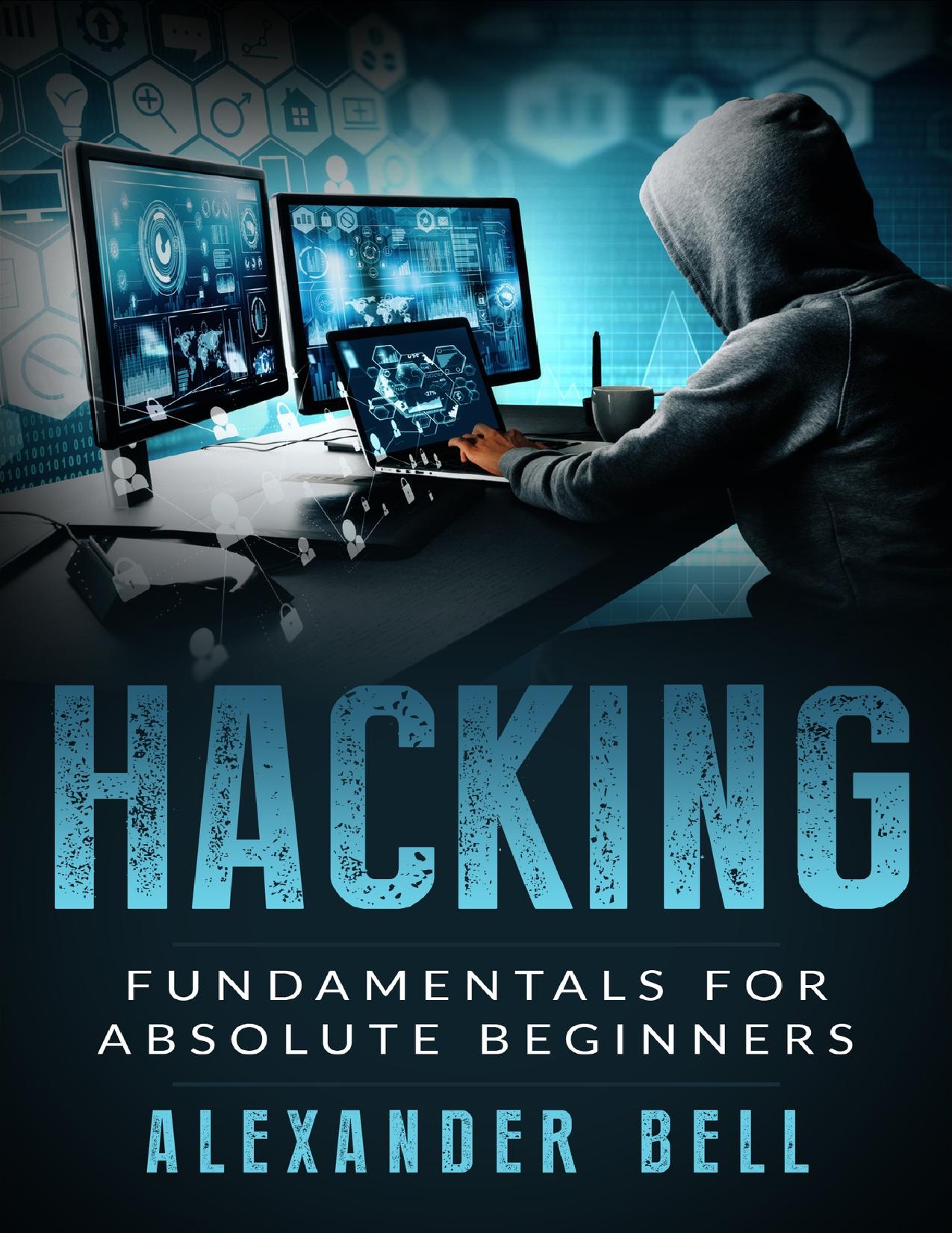Hacking: Fundamentals for Absolute Beginners by Bell Alexander

Author:Bell, Alexander [Bell, Alexander]
Language: eng
Format: azw3, epub, pdf
Published: 2020-09-03T16:00:00+00:00
Chapter 4: Physical Security
Hackers often use physical attack to gain information by getting access to a computer system. This kind of attack involves seeking physical access to your device for stealing or compromising a particular piece of information for personal benefits. Information security depends on non-technical policies and procedures than on the technical hardware and software solutions. Physical security revolves around both the technical aspects and the non-technical aspects of an organization.
Most people neglect the physical security of an information security program, but this doesn’t undermine the fact that physical security is as important as virtual security because hackers are as much interested in the physical security realm of an organization as they are in the cybersecurity environment. Experts believe that your ability to secure your organization and your cyberspace depends on your power to secure your physical space. Cyberspace and physical space have deep connections. I will explain in this chapter how the physical security of an organization is necessary for the security of its cyberspace. I will explore a number of methods to secure the physical space after I have explained potential security loopholes in the physical space of an organization. I will attempt to establish a connection between physical space and cyberspace.
Weaknesses in Physical Space
Hackers are not restricted to the cyberspace. Any kind of hacking attack is possible if hackers, instead of breaking into your cyberspace, plans to break into your physical facility. Let’s take a look at some physical vulnerabilities that may exist in the organization.
Physical vulnerability depends on the size of the building, the total number of sites and small buildings inside a facility, and the total number of employees in an organization. It also depends on the location and the total number of entry or exit points in a building. How and where you have placed your computer room is also linked to how secure your facility is. There are thousands of physical vulnerabilities that may exist in an organization’s physical space. These are always in the eyes of the bad guys. They try to find out the loopholes and exploit them. Let’s take a look at some common physical vulnerabilities in an organization.
Sometimes owners of a company see a financial crunch and link it to some extra employees inside the organization. They lay off receptionists considering them as useless which becomes a serious mistake on their part. They have not placed a visitor’s sign-in sheet in the organization which indicates that they have not placed an escort service for gaining access to a building. Some employees are trusting vendors because they are in a typical uniform when they enter the building. Some of them come in saying that they have come to use the photocopier or the computer inside a facility. There is little to no access controls on the doors of the facility. There is a problem with the accessibility to the computer rooms. If there are some backup media lying around the facility waiting for someone to lay his or her hands on it, this is a humongous weakness in the system.
Download
Hacking: Fundamentals for Absolute Beginners by Bell Alexander.epub
Hacking: Fundamentals for Absolute Beginners by Bell Alexander.pdf
This site does not store any files on its server. We only index and link to content provided by other sites. Please contact the content providers to delete copyright contents if any and email us, we'll remove relevant links or contents immediately.
Grails in Action by Glen Smith Peter Ledbrook(9163)
Sass and Compass in Action by Wynn Netherland Nathan Weizenbaum Chris Eppstein Brandon Mathis(8808)
Azure Containers Explained by Wesley Haakman & Richard Hooper(7440)
Configuring Windows Server Hybrid Advanced Services Exam Ref AZ-801 by Chris Gill(7431)
Kotlin in Action by Dmitry Jemerov(7263)
Running Windows Containers on AWS by Marcio Morales(6981)
Microsoft 365 Identity and Services Exam Guide MS-100 by Aaron Guilmette(5399)
Microsoft Cybersecurity Architect Exam Ref SC-100 by Dwayne Natwick(5208)
Combating Crime on the Dark Web by Nearchos Nearchou(4978)
The Ruby Workshop by Akshat Paul Peter Philips Dániel Szabó and Cheyne Wallace(4667)
Management Strategies for the Cloud Revolution: How Cloud Computing Is Transforming Business and Why You Can't Afford to Be Left Behind by Charles Babcock(4527)
Python for Security and Networking - Third Edition by José Manuel Ortega(4232)
The Age of Surveillance Capitalism by Shoshana Zuboff(4209)
Learn Wireshark by Lisa Bock(4115)
The Ultimate Docker Container Book by Schenker Gabriel N.;(3886)
Learn Windows PowerShell in a Month of Lunches by Don Jones(3681)
DevSecOps in Practice with VMware Tanzu by Parth Pandit & Robert Hardt(3565)
Windows Ransomware Detection and Protection by Marius Sandbu(3540)
Blockchain Basics by Daniel Drescher(3507)
